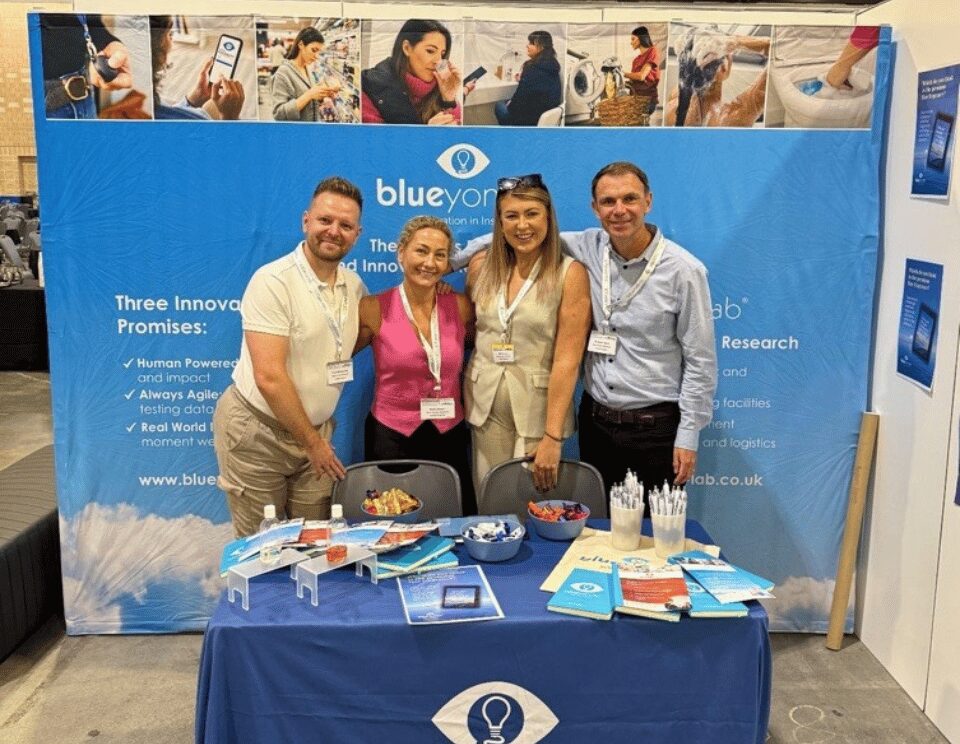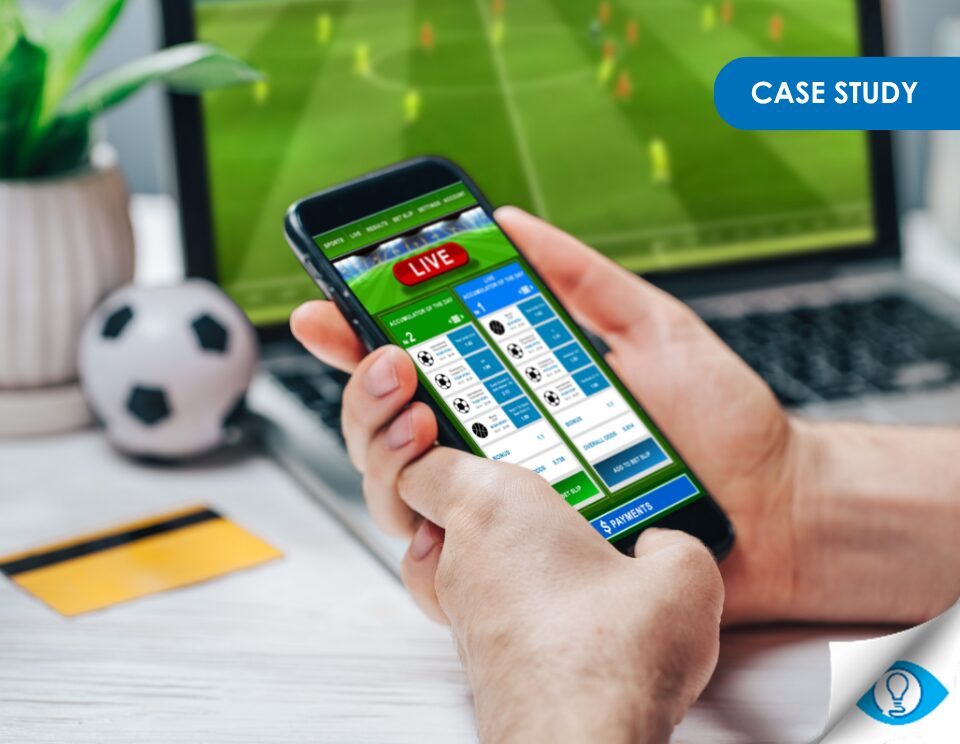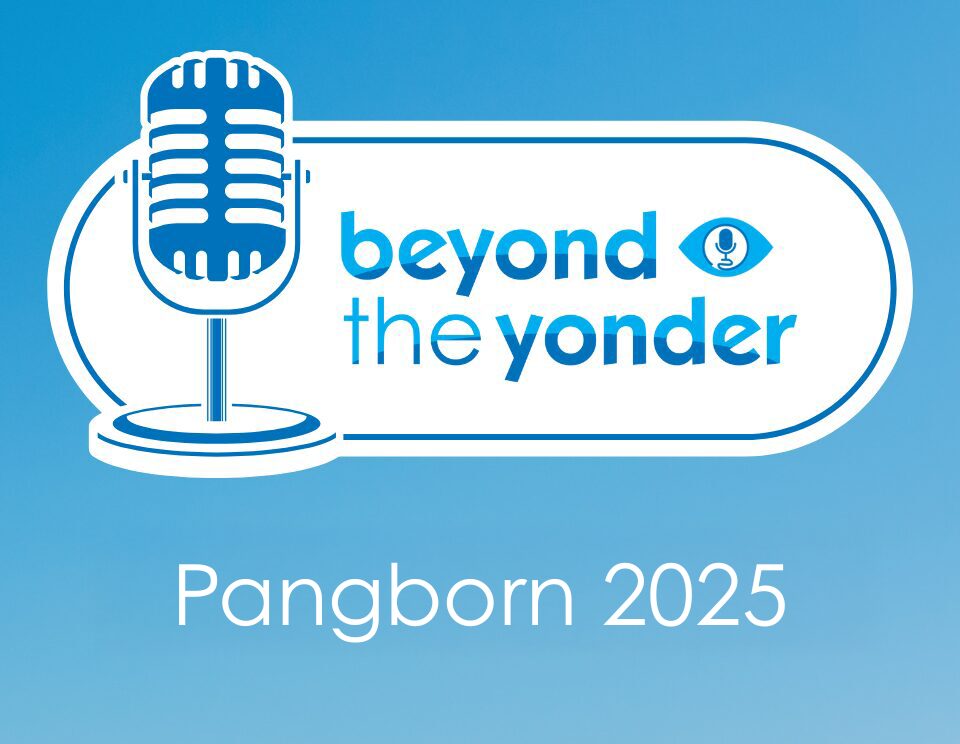This year’s conferences and client collaborations have reinforced a clear message: putting the consumer first is still the driving force behind product innovation.
Blue Yonder’s response is to focus even more on our 3 innovation pillars: Human Powered AI, Agile Obsession, and Real-World Moments.
Having spent 9 months this year on the front line of innovation, with our clients and our team, we’re reminded of Chief Innovation Officer Jonathan Million’s industry predictions for 2025, in which he said ‘smart agile methodologies will dominate’, combined with a human expertise partnership.
In this article, we will outline how we’re applying these priorities, and what that means for your projects, your teams, and the impact you can achieve.
1. Agility is a mindset before it is a method
Speed is non-negotiable, but meaningful speed comes from reframing the brief, not just pressing a faster button.
Takeaway: Speed sticks when the organisation aligns to a lighter test that is good enough for the decision actually being made, and as early as possible in the process.
2. Human-powered AI beats platform promises
The conference sessions that landed paired transparent AI with human steering.
Takeaway: Use AI to raise the starting line and to unlock the previously out-of-reach, while keeping experts in the loop.
3. Beyond liking: measure what changes behaviour
“Do you like it?” is only a sliver of the commercial picture. Behavioural change needs capability, motivation and opportunity. Whatever the method, think mindfully about the KPIs beyond Liking.
Takeaway: Choose metrics that predict action in the real-world, not just sentiment in a test.
4. Face-to-face qual is back!
There is a consistent theme: robust, skilled qual is scarce, but still so important.
Takeaway: Double down on qual craft. It is where language becomes specifications and where impact begins.
5. Granularity at scale: bots, databasing and the right jobs for each
The most interesting AI-qual stories were specific, not catch-all.
Takeaway: Match method to moment. Use bots where bias or scale demands it, and mine existing data before commissioning the next million.
6. In-the-moment still matters
Real context keeps us honest. From packaging handling to first-use rituals, in-the-moment tasks reveal frictions and delights that lab-like settings miss. Our Clickscape® approach also showed how simple, live signalling can turn passive attendance into measurable ROI for stakeholders.
Takeaway: Keep research close to the usage moment and give stakeholders hooks they can feel and share.
7. Market shifts you cannot ignore
A few currents with immediate implications for R&D and claims:
How are we applying our learnings?
These insights are valuable, but what do they mean for you? Here are the key actions the Blue Yonder team are already putting into practice on client projects.
- Open every agile brief with a decision map that sets acceptable risk, sample and timing before method.
- Deploy a vetted AI IDI bot partner for sensitive, large sample size exploratory phases.
- Offer a beyond-liking module by default with replacement intent, repertoire and an emotion layer.
- Prioritise qual craft resourcing for experience-to-attribute translation on all R&D programmes.
- Audit client data estates to identify where predictive layers can reduce routine re-testing.
Conclusion: from conference notes to commercial advantage
Our 2025 learnings point to three essentials for winning in R&D: achieving confidence to proceed faster, using human-powered AI to push boundaries, and delivering insights in formats stakeholders can act on immediately.
There is a limit to what can be said in a general article like this. Whilst I hope you have found it useful, the truth is every manufacturing business, every client, every category and brief is different. So great work always starts with a conversation. It’s always about applying the right concepts to the specifics of a challenge.
Contact [email protected] to explore how SprintAI, Cascaid, or our experience mapping can support your next project.




Stay In Touch